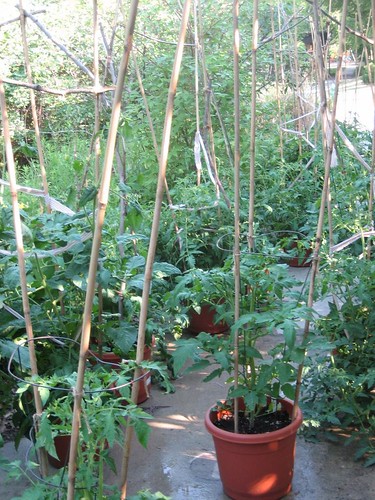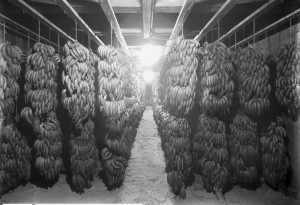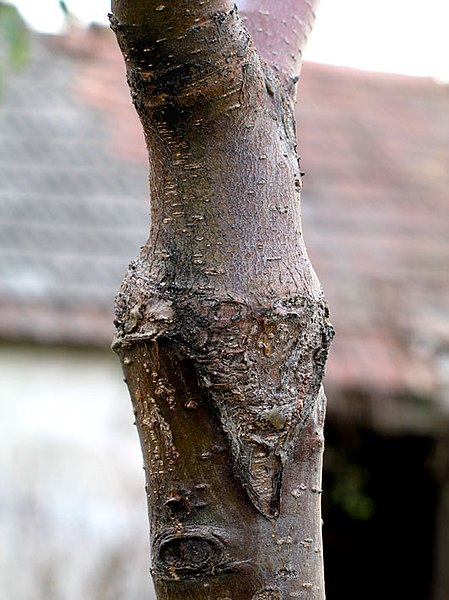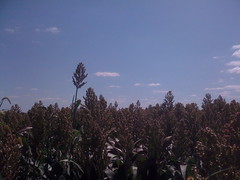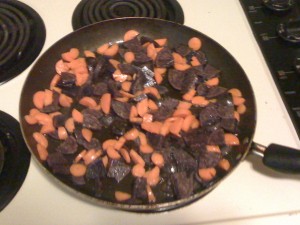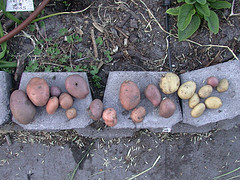Crops like tomatoes, even heirloom tomatoes, aren’t found in the wild. Domestication of crops usually involves only a relative handful of individual plants. Narrowing the species down to a few hundred (or possibly even a few dozen plants) means only a limited number of copies of each gene will be carried through and many of the variant copies of the genes present in the wild population won’t be included in that number. Keeping the population small for multiple generation reduces variability even more as by chance some rare version of genes in one generation won’t be passed to any of the offspring in the next.
Genetic bottlenecks happen in the animal world as well. Skin grafts between unrelated Cheetahs aren’t rejected because the animals are so genetically similar their immune system can’t distinguish the grafted skin as being different from its own skin. Even less fortunate are the tasmanian devils who have so little genetic diversity that they are being decimated by a transmissible cancer. After fighting with an infected devil, which has tumors on its face and neck, tiny bits of the cancer will get into an uninfected devil’s wounds, and since the immune system can’t distinguish the foreign cancer cells from the devil’s own cells, the cancer cells reproduce unchecked, the trait that makes normal cancers, produced by mutated versions of our own cells, so deadly. And the solution mentioned in the article, to save the species by protecting 200 individuals, while better than letting them all die, will sacrifice even more genetic variability by subjecting the already inbred devils to a new population (and genetic) bottleneck. (more…)
